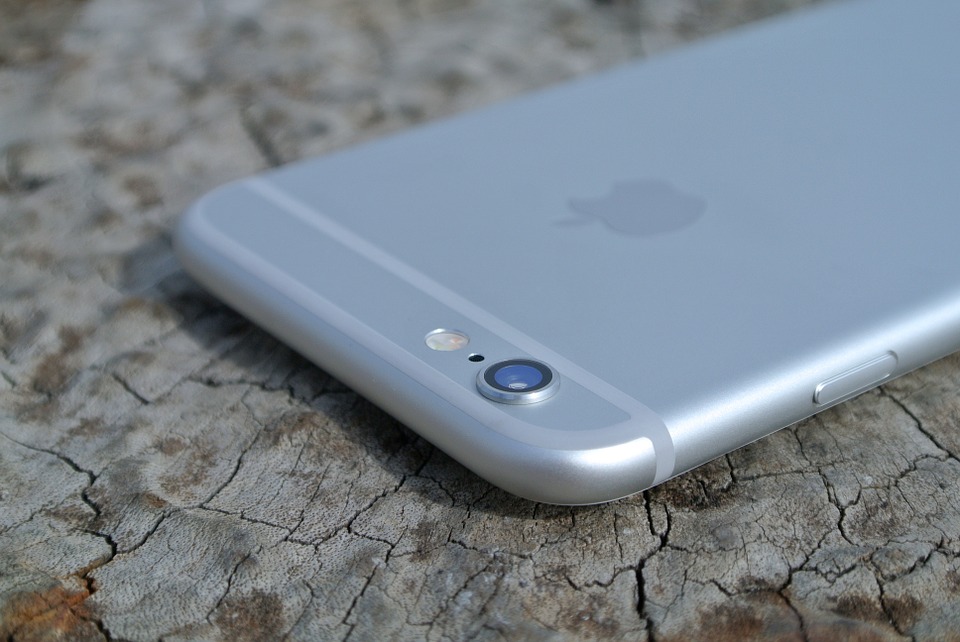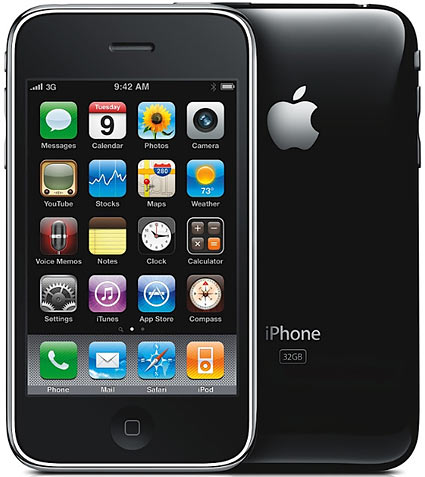Apple’s iOS is known for its performance. Apple’s iPhone, iPad and iPod touch runs on iOS. Now, Apple is working to release iOS 10 soon. In past 9 years, there have been many updates on its mobile OS. Apple added many features to make this mobile OS better. While iOS has always been criticized for its restrictions, iPhone is still most popular phone among users around the globe.
With iOS 10 all set to release soon, we take a look at the journey and evolution of iOS. Let’s dig in.
Evolution of iOS
iOS 1:
It all began in 2007 when Steve Jobs introduced the first iPhone. The iOS 1 was called as the iPhone OS. It came out with only a few basic apps which included iTunes Music store and Safari browser. It also brought the Multi-touch software keyboard, the first genuinely finger usable keyboard. However, this OS did not support any 3rd party apps.
Coming to the User Interface, It hasn’t changed much. Apple was dependent on Google for Maps and YouTube.
iPhone 2G supported iOS 1.
iOS 2:
A year later, Apple released iOS 2 and introduced the App Store and things would never be the same again. App Store was the biggest offering of iOS 2, allowing anyone to buy or sell apps. Over 1.9 million jobs were generated in the US alone due to App Store and generating over $40 billion for developers, as of January 2016.
Push Email, Screenshots, Home Screen Pages and Emoji icons were some of the many features which came along with iOS 2.
iPhone 2G, 3G and iPod Touch 1st Gen supported iOS 2.
iOS 3:
IOS 3 brought in many basic features and software to make the User’s Experience more convenient. Features like Cut, Copy, and Paste was introduced alongside MMS, Spotlight Search, and Tethering. Voice Controls was integrated into this OS, Users could use their voice to give specific commands to their iPhone. However, the defining feature of iOS 3 was ‘Find My Phone’ feature.
Two new apps, ‘Voice Memos’ and ‘Compass’ found their way to iPhone through iOS 3. The SMS app was renamed to ‘Messaging’. The icon’s texture was now more gloss and tried to mimic reality.
The iPad debuted with iOS 3 and came with the tag “iOS meets the Big Screen”.
iPhone 2G, 3, 3GS, iPod Touch 1st Gen, 2nd Gen and iPad 1 supported iOS 3.
iOS 4:
The iOS 4 marked the debut of FaceTime Video Chatting alongside many other exciting features. FaceTime enabled users to call other iPhone users via video calls over WiFi connection.
This OS also supported HD Recording and Autofocus, allowing the camera lens to focus automatically for both pictures as well as videos. Many features which made Multitasking better was brought in.iBooks and GameCenter were introduced as well.
Everything was all good until the Antennagate Scandal happened. The users noticed a drop of signal bars when they gripped their iPhones. This resulted in a huge backlash in the Apple Community. Apple resolved this issue with an update, iOS 4.0.1.
iPhone 3, 3GS, 4, iPad 1, 2 supported iOS 4.
iOS 5:
iOS 5 marked the birth of Siri, Apple’s virtual assistant. Dubbed as an Intelligent Personal Assistant, Siri got things done just through voice commands. However, Siri wasn’t the only defining feature of this OS, as iOS 5 brought 200+ new features.
Apple introduced iMessage to compete with BlackBerry’s BBM. iMessage enabled iPhone users to text via data as opposed to SMS.
However, battery life was a major issue among the users and Apple had to release iOS 5.0.1 to address this issue.
iPhone 3GS, iPhone 4, iPhone 4S, iPad 1, iPad 2, iPad 3 supported iOS 5.
iOS 6:
With iOS 6 Apple was all set to remove Google from iPhone. The Apple Maps replace Google Maps and offered turn by turn directions, which was absent in iOS version of Google Maps. However, Apple maps were very glitchy and full of bugs.
Users could now take 360-degree photos with the new Panorama feature in the Camera. FaceTime could now be used over Data Connection. Also, You could now reply to a call with a text message.
Apple introduced a new app called ‘Passbook’, which basically was a virtual wallet and users could store airline tickets, movie tickets, various coupons and so on.
iPhone 3, iPhone 3GS, iPhone 4, iPhone 5, iPad 2, 3, 4, Mini supported iOS 6.
iOS 7:
Jony Ive replaced Scott Forstall as User Interface Designer, and he revamped the entire Virtual Design of the OS. It was the biggest UI redesign since the inception of iOS. Out with skeuomorphic design and In with flatter aesthetics, iOS 7 was more colorful and gorgeous than ever before.
UI and Design weren’t the only changes as Apple brought in a ton of features with this OS version. IOS 7 marked the beginning of Touch ID; Fingerprint scanning was now supported and was integrated with Lockscreen and security access.
Control Center was introduced for fluid Multitasking, enabling the user to toggle between quick settings.
The camera saw layout changes as well as speed improvements. Burst mode was introduced which allowed users to take multiple photos in rapid succession.
iPhone 4, 4S, 5, 5C, 5S, iPad 2, 3, 4, Air, Mini, Mini 2 supported iOS 7.
iOS 8:
With iOS 8 Apple mostly focused on adding new apps and improving existing features instead of working on UI development.
Many small enhancements and nifty tweaks were made through iOS 8, Hence there weren’t many ‘Iconic’ features. Keyboards were now more predictive, thanks to QuickType. IOS 8 also supported 3rd Party Keyboards.
iCloud Drive, Apple Pay, and Health App were introduced. Users could now record Time Lapse videos. On another note, users could now send video and audio messages through iMessage.
iPhone 4S, 5, 5C, 5S, 6, 6 Plus, iPad 2, 3, 4, Air, Air 2, Mini, Mini 2, Mini 3.
iOS 9:
IOS 9 focused more on refining the stability of OS instead of pushing more features. Resources were devoted more towards improving existing features.
A low power mode was brought in for longer battery life. Passbook App was renamed as Wallet. A new Music app and News app were noticed in this OS.
The System font was changed to San Francisco.
iPhone 4S, 5, 5C, 5S, 6, 6 Plus, 6S, 6S Plus, SE, iPad 2, 3, 4, Air, Air 2, Mini, Mini 2, Mini 3, Mini 4, Pro supported iOS 9.
iOS 10:
The next version of iOS, iOS 10 is said to be the biggest release since its inception.
There has been a change in the Lock Screen Interface, With the ‘Rise to Wake’ feature. The user just needs to pick up the device to wake it up and check the notifications.
Users can now send a message with their own handwriting, change the way the message bubble looks, send hidden photo messages, sketch over videos, replace words with emojis and more! The list doesn’t seem to end!
Also, Siri is now open to 3rd party apps and is all set to integrate with apps to make User Experience more convenient.
The Maps App is now more proactive in assistance and offers you the best and quickest routes. It can now book reservations too.
iPhone 5, 5C, 5S, SE, 6, 6 Plus, 6S, 6S Plus, iPad 4, Mini 2, Mini 3, Mini 4, Air, Air 2, Pro, iPod touch 6th Gen support iOS 10.
















